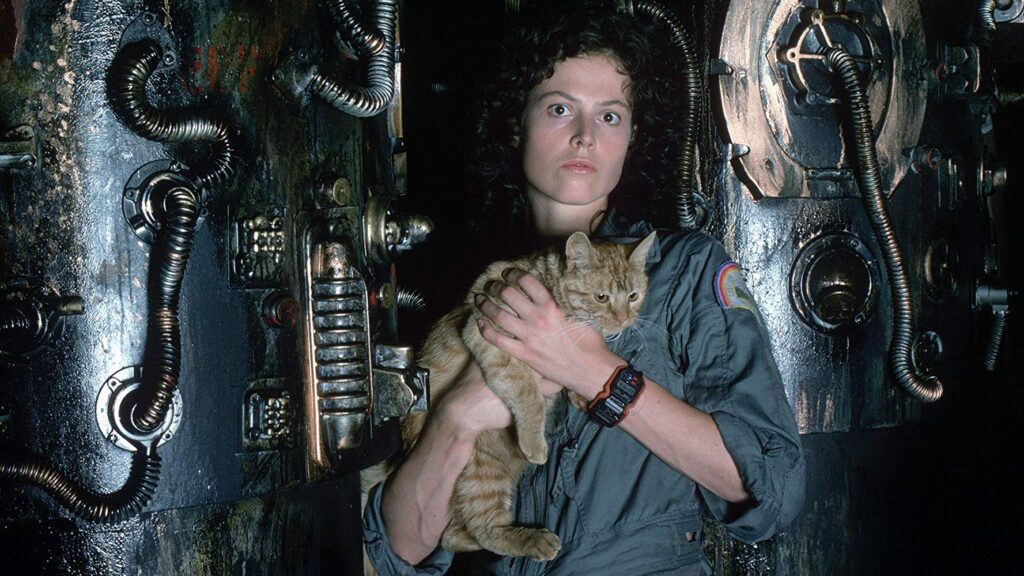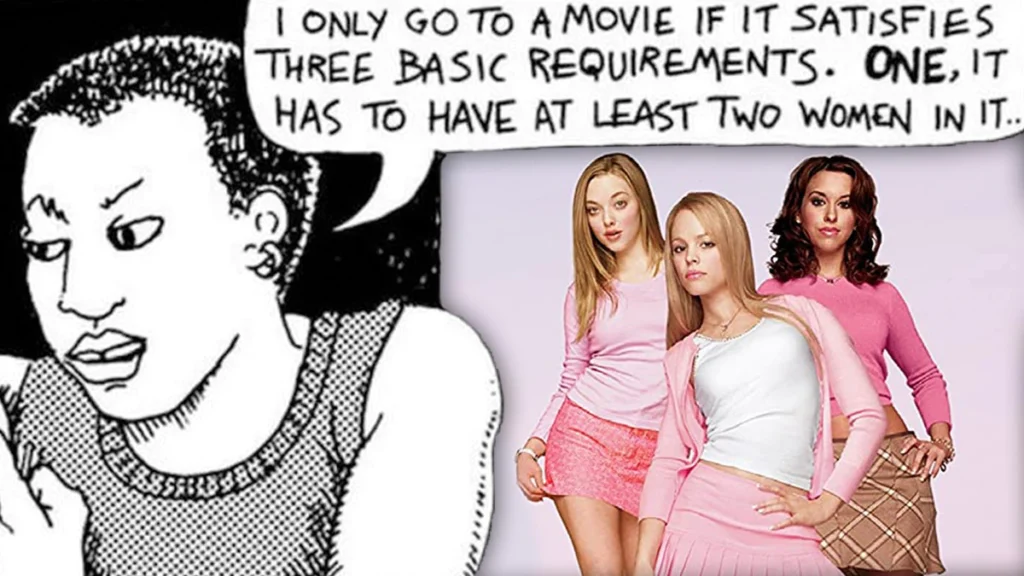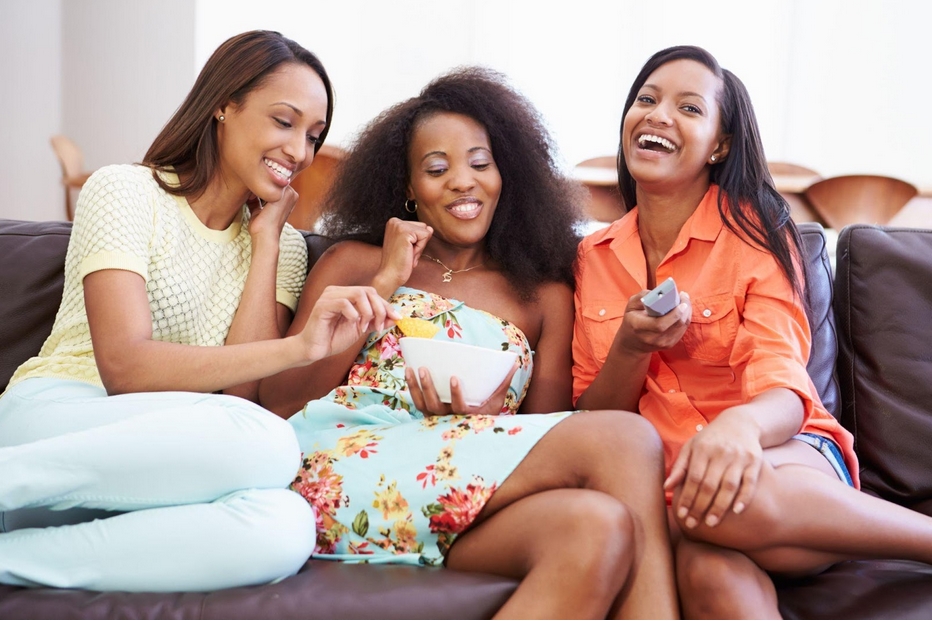For many years, female characters were almost always relegated to the sidelines. They were often the love interest or a side character who motivated the male protagonist. Sure, there were some badass examples of female heroines who bucked traditions and took charge of their own fates. Think Ripley from Aliens or Sarah Connor from Terminator (sci-fi material has always had more leeway because it often shows a more progressive vision of the future).
These days, however, it seems like female characters are far more prevalent and they have agency that didn’t exist in decades prior. Think of Eleven from Stranger Things, Furiosa from Mad Max: Fury Road, or Katniss Everdeen from The Hunger Games. Women are taking charge of their futures, and mainstream media is finally starting to recognize their contributions.
So, what does this mean for the future of entertainment? Also, how is this female empowerment bleeding over into other arenas, such as female POV VR adult content? Let’s dive in and find out.

A Brief Overview of Women in Entertainment
As we mentioned, women have often played second fiddle to male protagonists and heroes. Even when women do get a leading role, they’re usually the only female in the room, or they follow some specific tropes, such as:
- The Breakdown Scene – Our female heroine has just faced some tough challenge or opponent and she breaks down to cry about it. This scene is almost always present, even when the woman is otherwise a badass.
- The Rescue Scene – In many cases, female protagonists find themselves in trouble and in need of rescuing, hopefully from some strapping male counterpart. The damsel in distress trope is so ingrained in our psyche that it sometimes happens without us realizing.
- The I’m Sexy Scene – On the one hand, many male protagonists will invariably wind up with their shirt off at some point. However, women are often portrayed as sexy in a less respectable way. For example, perhaps the female character strips to her underwear for no tangible reason other than to see her curvy features. This scene is the most egregious when it’s isolated or has nothing to do with the plot.
What has always been super rare is the presence of multiple female characters who interact and engage with each other in meaningful ways. You may have heard of the Bechdel Test, which was named after the writer/cartoonist Alison Bechdel. The test has come into the mainstream in recent years, but it originated in a cartoon where two females are discussing whether an upcoming film is worth their time.
According to one of the women, she only sees a movie if it passes three simple rules:
- First, does the movie include more than one female character? This character must have a speaking role.
- Second, do two or more female characters speak to each other during the movie? Presumably, there are extra points if this happens more than once during the film’s runtime.
- Finally, is the topic of conversation between these two or more women about something other than a man?

How Many Movies Fail the Bechdel Test?
While this test seems to have some pretty straightforward guidelines, it’s pretty jarring to see how many mainstream movies fail. Some notable examples include:
- The Avengers
- Avatar
- The Lord of the Rings Trilogy
- Ratatouille
- Jackie Brown
What’s remarkable about these films is that they have multiple female characters (in one instance, a woman is the title character) and yet they never speak to each other about something other than a man, if at all. This list illustrates the biases that are still present in mainstream media, especially when it comes to female-driven content.
Fortunately, it seems like the tides are shifting, and more shows and movies are including multiple female characters with agency. What’s even better is that this trend is affecting all types of content, including the adult industry. Sites like SexLikeReal even have female POV clips that allow women to be in the driver’s seat. We’re excited to see where this trend goes.

